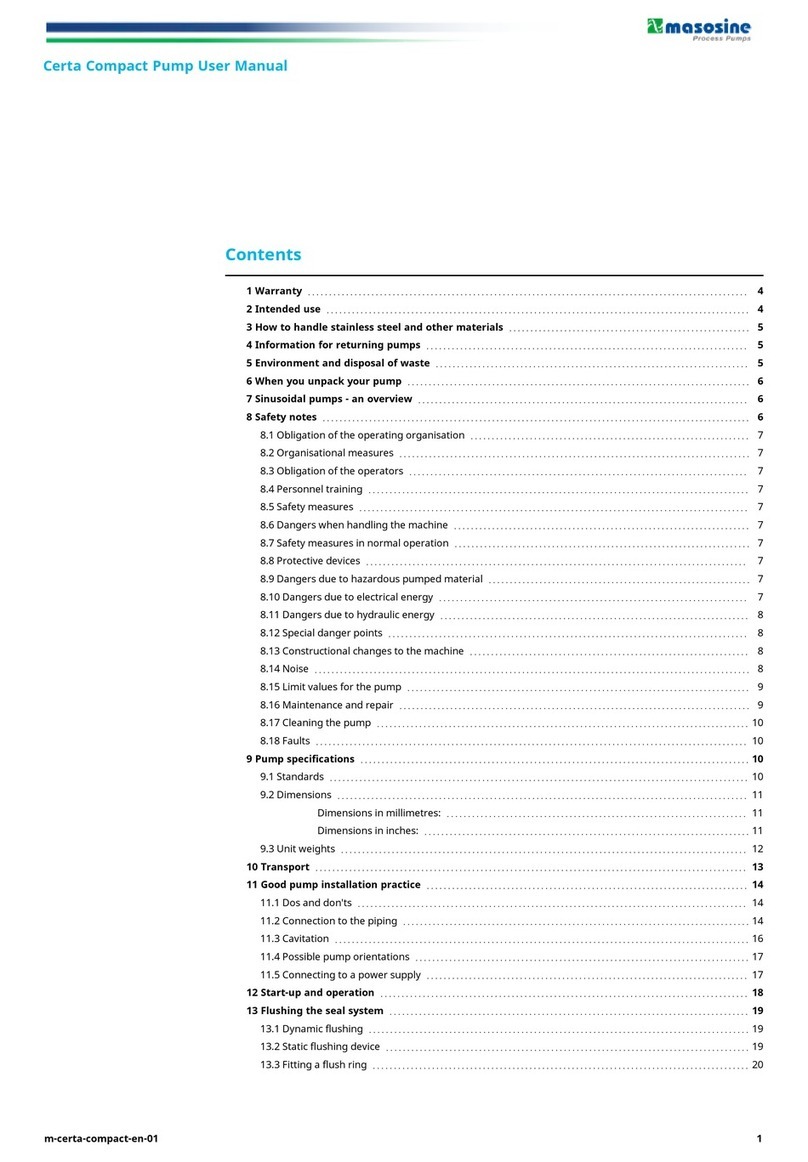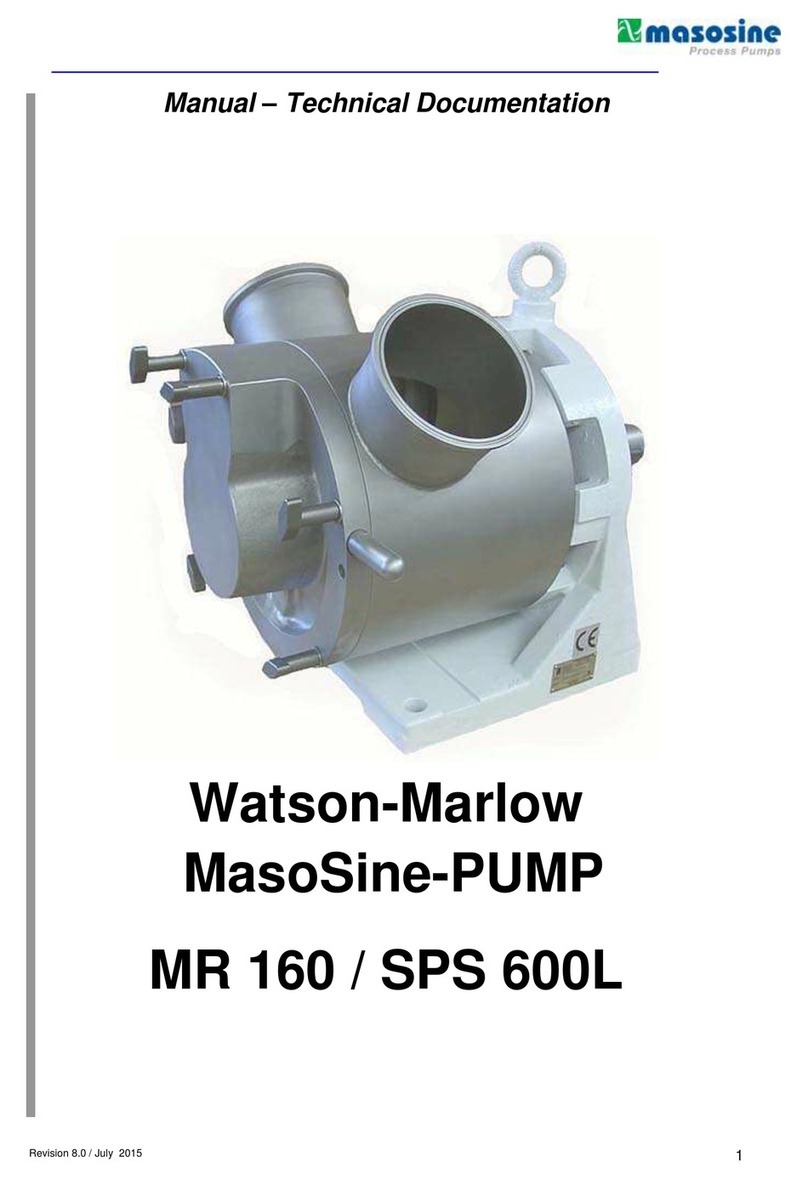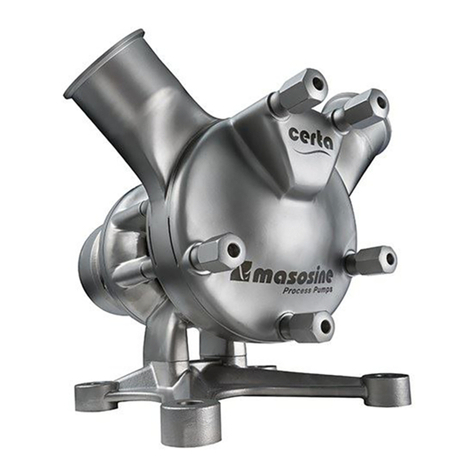
7 Safety notes
Knowledge of these safety instructions and of the safety regulations in your area is a requirement for safe
handling and trouble-free operation of this machine.
These operating instructions contain the most important instructions to operate the machine safely.
These operating instructions, especially the safety instructions, must be observed by all persons who
work on the machine. In addition, the rules and regulations for accident prevention applicable at the
place of use must be obeyed.
The following safety instructions must be observed absolutely. They are an essential and indispensable
part of the user documentation. Non-compliance can result in failure of warranty claims.
It is recommended in the interests of all involved to enter all installation measures, maintenance, fault
and repair cases, training courses, instructions and special occurrences in a logbook assigned to the
machine.
This symbol highlights a safety instruction which must be followed to avoid danger
to people or to the pump.
This symbol means: Beware of high voltage.
This symbol means: Caution, hot surface.
Caution: The pump contains rotating parts. The user must take care not to trap
fingers, loose clothing, etc. inside the pump.
7.1 Obligation of the operating organisation
The operating organisation must ensure that people who work on the machine are familiar with and
comply with the regulations concerning working safety and accident prevention.
7.2 Organisational measures
The personal protective equipment required must be provided by the operating organisation. Safety
devices must be checked regularly.
7.3 Obligation of the operators
People who work on the machine must observe the relevant safety regulations concerning working safety
and accident prevention before starting work; must read the safety chapter and the warning notes in
these operating instructions.
7.4 Personnel training
Only trained people may work on the machine. Their responsibilities must be defined clearly for
assembly, start-up, operation, setting, maintenance and repairing.
7.5 Safety measures
The operating instructions must be kept with the machine. General and local regulations for accident
prevention and environmental protection, and the operating instructions, must be observed. Safety and
danger warnings on the machine must be legible.
7.6 Dangers when handling the machine
The MasoSine pump is built according to state-of-the-art principles and the recognised safety engineering
rules. Nevertheless, danger to life and limb of the user or third persons, or impairments to the machine or
to other assets, can arise in its use.
The machine must be used only:
lfor its intended use
lif it is in a safe engineering condition.
Faults which may compromise safety must be rectified immediately.
7.7 Safety measures in normal operation
Operate the machine only if all protective devices are functioning. Before switching the machine on make
sure that no one can be endangered when the machine starts. At least once per shift inspect the machine
for damage and for proper functioning of the safety devices.
m-SPS-en-08 9
































